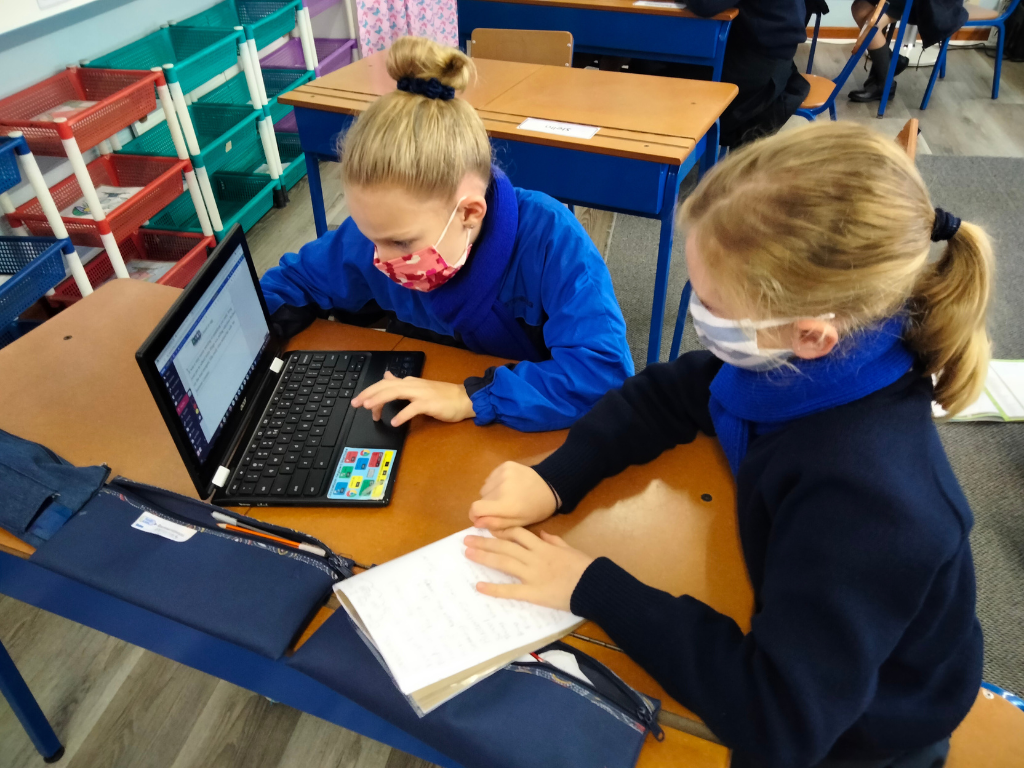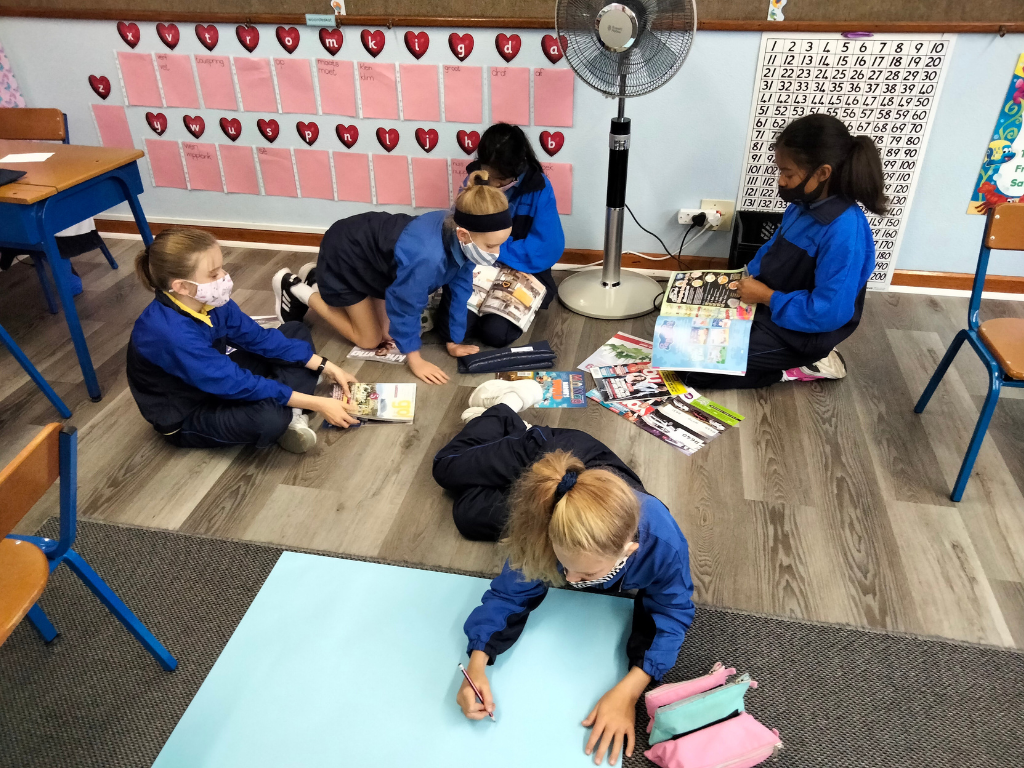“Tell me and I forget; Teach me and I may remember; Involve me and I learn.”
- Benjamin Franklin
Over the course of my teaching career, having navigated through 5 very different curriculums, this quote has stood the test of time for both me and my learners. It was often very challenging to make learning fun, meaningful and engaging for my learners when the curriculum was often very prescriptive. This required some very creative thinking and planning. I have definitely found a WINNER in Inquiry-Based Learning! A wonderful and exciting way to ensure that curriculum concepts are covered BUT the learning becomes so much more relevant and meaningful for the learners. Our learners are exposed to much more than exists between the pages of the curriculum AND THEY HAVE LOADS OF FUN WHILE LEARNING! There is absolutely NO WAY that I can revert back to the traditional way of teaching and learning. Our classrooms are a hive of fun and excitement each day, not only for our learners but also for us as teachers!















